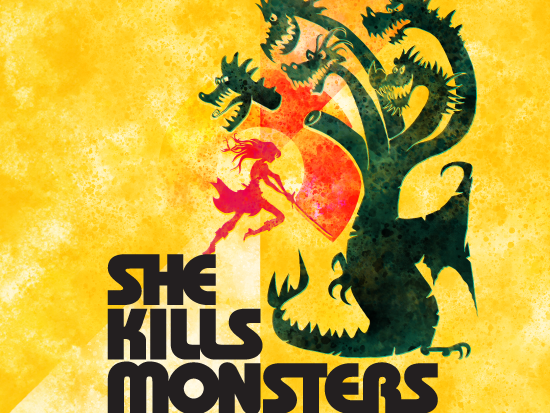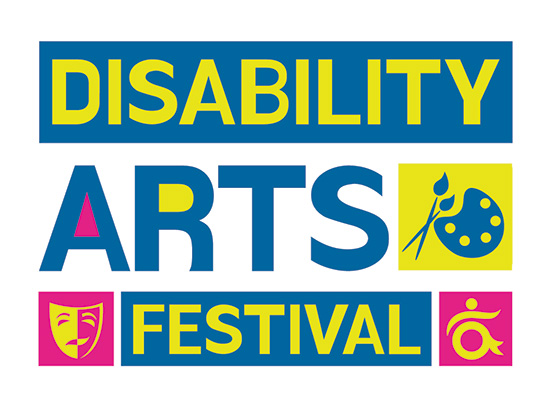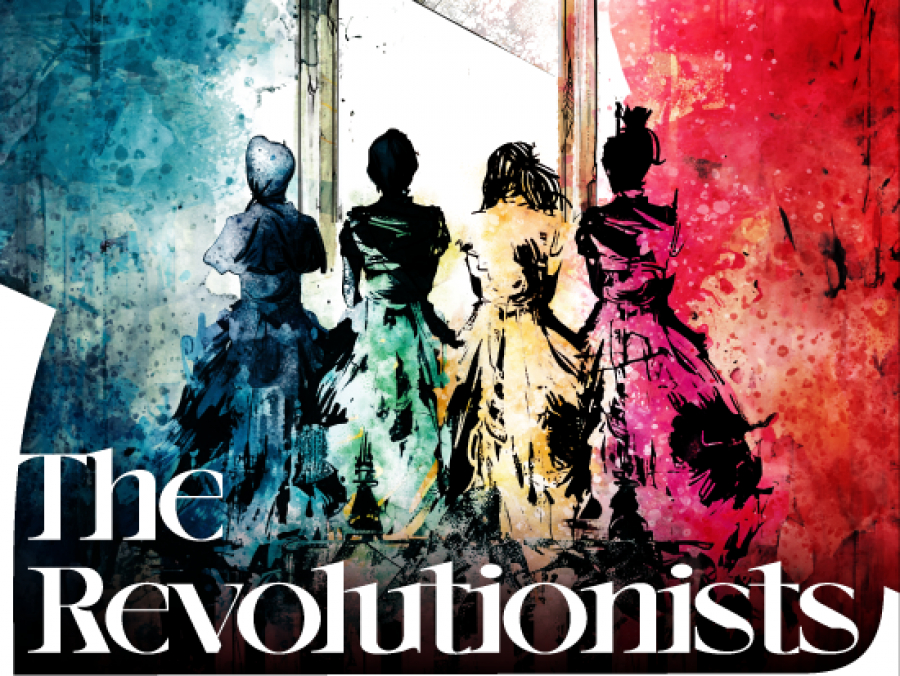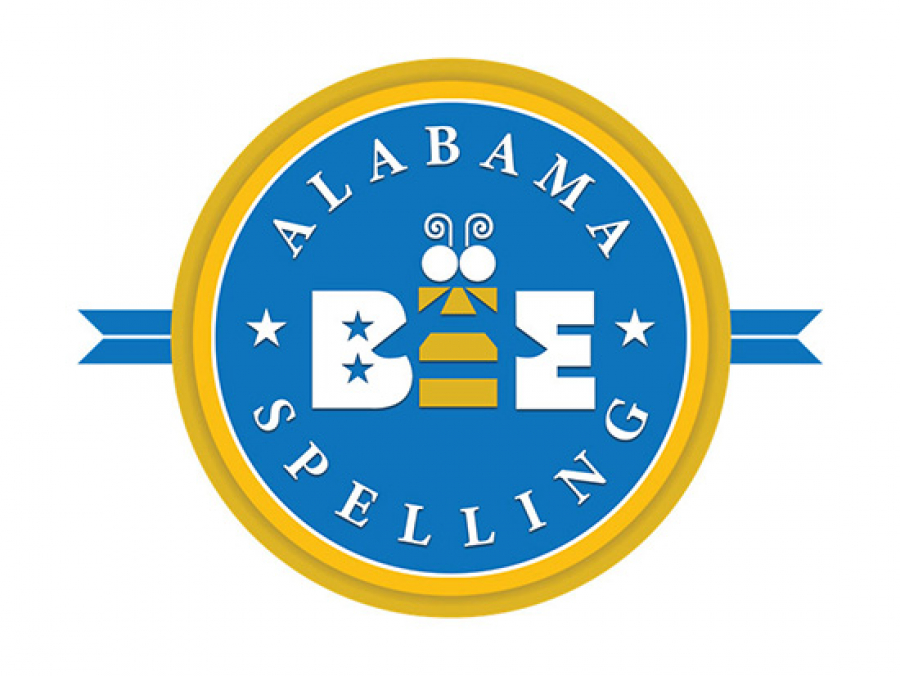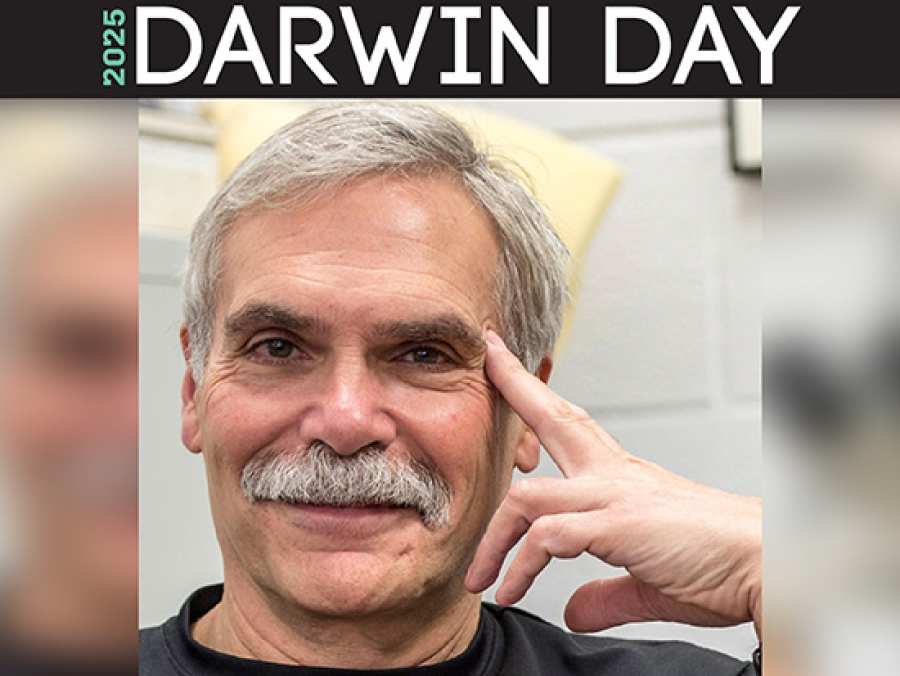 Photo of Ja'Bria Barber, courtesy of Amanda LashayEarlier this year, the University of Alabama at Birmingham’s Department of Music announced a new music therapy concentration. The news hit all the right notes for Ja’Bria Barber, Ph.D., so, even though she has no connections to the Birmingham area, she left her home near Charlotte, North Carolina, in August to join UAB as the founding Director of Music Therapy on the university-side of campus. The curriculum for the program prepares students to earn the Music Therapist-Board Certified (MT-BC) credential required to practice in the field.
Photo of Ja'Bria Barber, courtesy of Amanda LashayEarlier this year, the University of Alabama at Birmingham’s Department of Music announced a new music therapy concentration. The news hit all the right notes for Ja’Bria Barber, Ph.D., so, even though she has no connections to the Birmingham area, she left her home near Charlotte, North Carolina, in August to join UAB as the founding Director of Music Therapy on the university-side of campus. The curriculum for the program prepares students to earn the Music Therapist-Board Certified (MT-BC) credential required to practice in the field.
Before making the move to UAB, Barber operated Vine & Branch Music Therapy, a private practice she started to provide services for people ranging from preschoolers to elderly patients with cognitive issues. But Barber says she was ready to transition into academia, especially once she learned about the creation of UAB’s music therapy program.
“It’s sort of a blank slate, so it’s a wonderful opportunity to build a program that’s different,” said Barber. “I want to offer students more comprehensive ways to approach music therapy that are not necessarily dependent on one specific approach, but more of a multi-disciplinary approach.”
Barber has enjoyed performing as a singer since childhood, to the point that she auditioned for American Idol while still in high school. Her audition prompted an invitation to serve as a contestant during “Hollywood Week,” a significant achievement.
Her interest in music therapy began during her undergraduate days at the University of South Carolina when she attended a seminar on the subject and “something just clicked.”
“That’s when I first realized I could use musical skills to help people,” said Barber. “It’s a therapeutic way to reach non-musical goals. For example, in older adults with Alzheimer’s or dementia, music can increase reminiscence and recall. People might not remember their name, but they can remember all the words to ‘Amazing Grace.’ It’s absolutely amazing to work with someone who is losing memory function and use music to help them remember things.”
Barber says UAB is an ideal place to establish this type of academic offering because of the university’s connection with UAB Hospital, which has operated a music therapy program through UAB Medicine since 1999 and currently has nine full-time music therapy positions. Barber has also established relationships with faculty and administrators in UAB’s departments of Occupational Therapy and Physical Therapy to create field placements where music therapy students can work with students with different areas of expertise to reach common therapeutic goals.
“Even though the academic program is new, the music therapy infrastructure is already here,” said Barber. “So there are opportunities in place for collaboration and for students to be part of interdisciplinary teams. That was very appealing to me and something I didn’t want to pass up.”
In addition to basic music therapy, Barber also specializes in hip-hop education. She says this combination is important because music can be a vital tool in working with individuals from underserved communities.
“In order for music therapy to be effective, we need to use genres of music that the individual prefers,” said Barber. “How can we use hip hop in a constructive way, even though some of the lyrics may not be constructive?”
“Partnering with community-based organizations is one of my passions. It’s who I am as an educator, a researcher, and a clinician. That’s going to be the basis of what I provide for students. I want them to have the knowledge and skill-set to work with people from all walks of life. And what better way to do that than to plug them into the community?”










